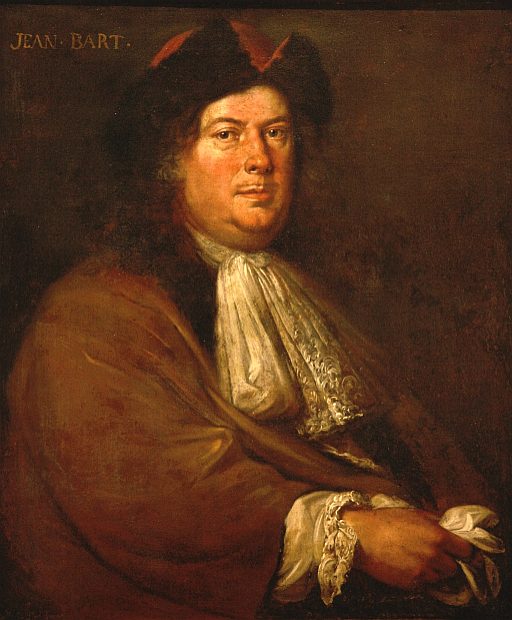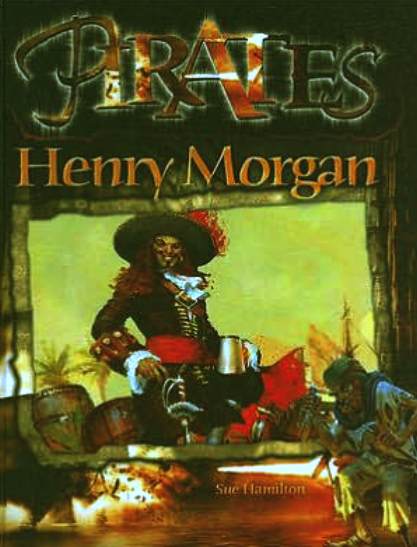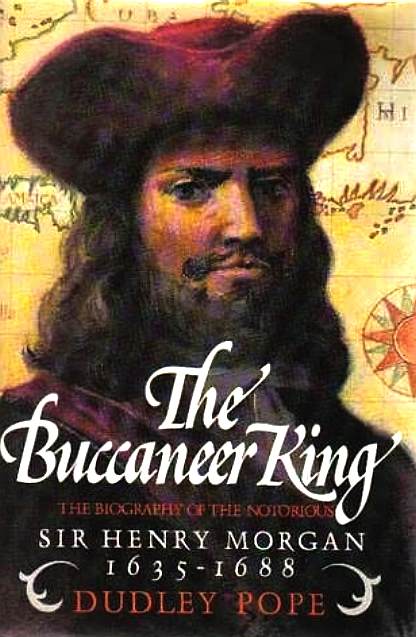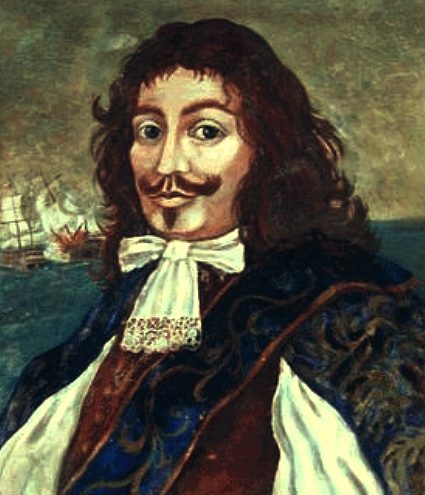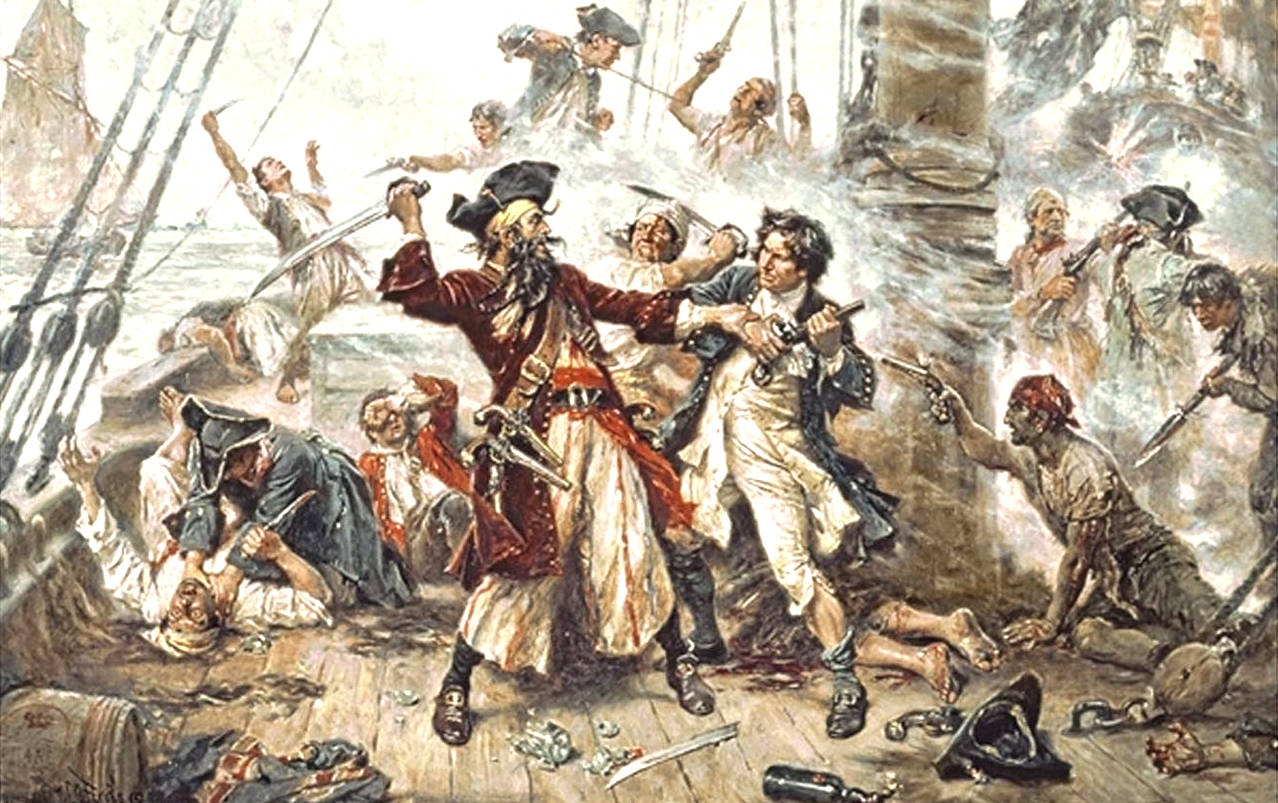|
C A P T A I N S I R H E N R Y M O R G A N
Search for treasure with our A - Z or set a course for HOME me hearties
|
|
|
|
|
|
Sir Henry Morgan, was a brilliant tactician and piratical businessman, able to command the loyalty of privateers, who followed him into battle.
Captain
Sir Henry Morgan was a pirate buccaneer who turned privateer, and later
became the Governor of Jamaica. Sir Henry Morgan was born in 1635 at Llanrhymney, Glamorgan (now Cardiff), Wales.
He died on August 25,
1688, thought to have been at his mountaintop home at Lawrencefield in
Jamaica. He was buried in the Palisadoes
cemetery. The Welsh buccaneer was the most famous of the adventurers who plundered Spain’s Caribbean colonies during the late 17th century. Operating with the unofficial support of the English government, he undermined Spanish authority in the West Indies.
Morgan arrived at Barbados in 1655 as a junior officer in Oliver Cromwell’s forces and took part in the unsuccessful attack on Santo Domingo before taking Jamaica from the Spanish, a then largely undeveloped but strategically positioned island with a large natural harbour. Life on Jamaica was hard, with diseases such as yellow fever and attacks on the British by Maroons (runaway slaves), yet Morgan survived.
Due to his early career as a buccaneer, and his association with the pirates under his command, it is believed that he buried much of his accumulated wealth as gold and gemstones. Leaving a Map and Code key, telling the whereabouts of his hoard in two documents. The aim being that only he would know how to find the treasure.
His Map came into the possession of Edward Teach after the death of Sir Henry. But not the Code, as to how to use it.
Lieutenant Robert Maynard of the British navy, had helped themselves to some of Blackbeard's loot, Maynard being more interested in the documents in a small locked wooden chest - that Teach seemed to cherish.
Lieutenant Maynard's descendants passed the chest on, until it came into the possession of Lord Huntington. However, the Code necessary to decipher the map, eluded all efforts to secure the location.
Not until it was discovered by John Storm, Captain of the artificially intelligent, Elizabeth Swann.
PIRATES LINKS
Bellamy, Samuel - Black Sam (Captain) Blackbeard - English Teach and the Queen Anne's Revenge Bonny, Anne - Pirate Drake, Sir Francis - Privateer Edward England - Irish pirate, Edward Seegar Hawkins, John - Privateer Hornigold, Benjamin - Privateer Captain Jolly Roger - Pirate flag Kidd, William - Captain Kidd, privateer/pirate Morgan, Henry - Privateer, Sir Henry Governor of Jamaica Pirates - Piracy and Privateers Pirates of the Caribbean, Disney's film Rackham, Jack - Calico Jack Raleigh, Sir Walter - Privateers Read, Mary - Pirate Robert, Bartholomew - Black Bart, pirate Samuel Bellamy - Black Sam, the pirate Skull and Crossbones - Pirate flag Tortuga - Treasure - Maps to buried gold and jewels - Island Vane, Charles - Pirate captain
Captain Morgan died in 1688, taking with him the secret location of his buried treasure. Except that Edward Teach also knew of Skeleton Island, but unlike Sir Henry, he never recorded nor shared that information.
Blackbeard was one of the most feared pirate captains operating in the Caribbean Sea. When he resumed pirating, the British made it their business to capture him as an example to other would be renegades.
|
|
|
Search for treasure with our A - Z or set a course for HOME me hearties
This website is Copyright © 2025 Cleaner Ocean Foundation & Jameson Hunter - All rights reserved
|
